Partly as an exercise for learning a little iOS programming, and partly because I wish I had a WhatsApp client on iPad, I am trying to create an app that I can personally use as a WhatsApp client for my iPad. All it does is load up the web.whatsapp.com desktop site in a UIWebView like so:
override func viewDidLoad() {
NSUserDefaults.standardUserDefaults().registerDefaults(["UserAgent": "Mozilla/5.0 (Macintosh; Intel Mac OS X 10_11_4) AppleWebKit/601.5.17 (KHTML, like Gecko) Version/9.1 Safari/601.5.17"])
super.viewDidLoad()
self.webView.frame = self.view.bounds
self.webView.scalesPageToFit = true
// Do any additional setup after loading the view, typically from a nib.
let url = NSURL(string: "https://web.whatsapp.com")
let requestObj = NSMutableURLRequest(URL: url!)
webView.loadRequest(requestObj)
//webView.frame = CGRectMake(0, 0, self.view.frame.size.width, self.view.frame.size.height);
}
This works okay. It does in fact load the correct webapp, rather than redirecting to the whatsapp home page as would usually happen when the server detects a mobile device. However, rather than presenting me with the QR Code screen for log in, it presents me with this:
Now, if I use WhatsApp Web from Safari on my iPad (and requesting Desktop version), it works perfectly fine. As you can see, I am requesting the Desktop site for my UIWebView by setting the UserAgent. Now, I am wondering why it would not work in the UIWebView, and whether perhaps there is some other header or value that needs to be set in order to convince the App to work within my UIWebView control?
EDIT
I have changed to WKWebView by converting Boris Verebsky's code from Objective-C to Swift. However, whilst at first I was seeing the same screen as before (telling me to use another browser), after changing it around and trying to get it to work I find myself with a blank white screen. Nothing is showing up anymore.
This is my full code as it currently stands:
import UIKit
import WebKit
class ViewController: UIViewController, WKNavigationDelegate {
@IBOutlet var webView: WKWebView!
override func viewDidLoad() {
super.viewDidLoad()
self.webView = WKWebView(frame: self.view.bounds)
if #available(iOS 9.0, *) {
self.webView.customUserAgent = "Mozilla/5.0 (Macintosh; Intel Mac OS X 10_11_4) AppleWebKit/601.5.17 (KHTML, like Gecko) Version/9.1 Safari/601.5.17"
} else {
// Fallback on earlier versions
NSUserDefaults.standardUserDefaults().registerDefaults(["UserAgent": "Mozilla/5.0 (Macintosh; Intel Mac OS X 10_11_4) AppleWebKit/601.5.17 (KHTML, like Gecko) Version/9.1 Safari/601.5.17"])
}
self.view!.addSubview(self.webView)
self.webView.navigationDelegate = self
// Do any additional setup after loading the view, typically from a nib.
let url: NSURL = NSURL(string: "http://web.whatsapp.com")!
let urlRequest: NSURLRequest = NSURLRequest(URL: url)
webView.loadRequest(urlRequest)
}
func webView(webView: WKWebView, decidePolicyForNavigationAction: WKNavigationAction, decisionHandler: WKNavigationActionPolicy -> Void) {
decisionHandler(.Allow)
}
override func didReceiveMemoryWarning() {
super.didReceiveMemoryWarning()
// Dispose of any resources that can be recreated.
}
}
It may be that my conversion from Objective-C to Swift is incorrect. I am unfamiliar with Objective-C, so that is quite likely.



